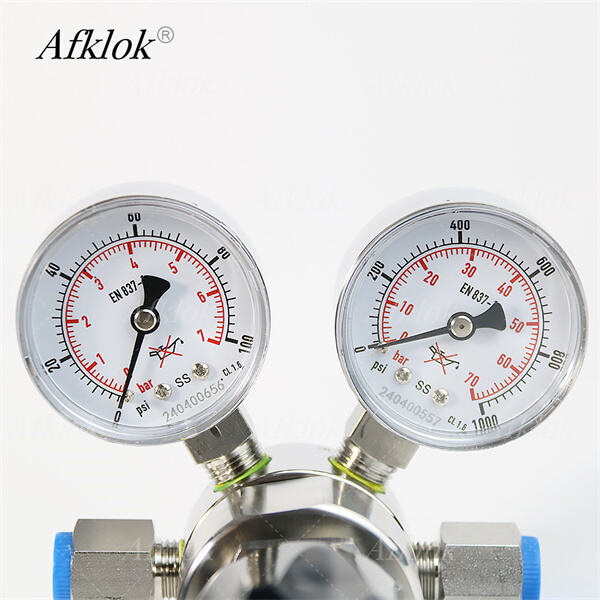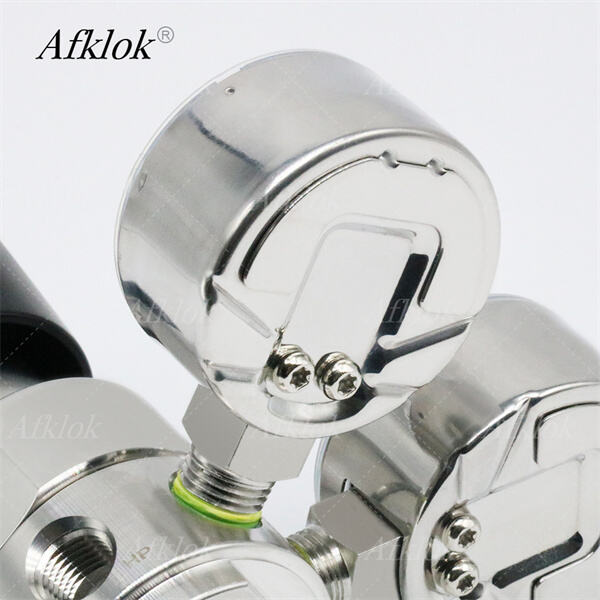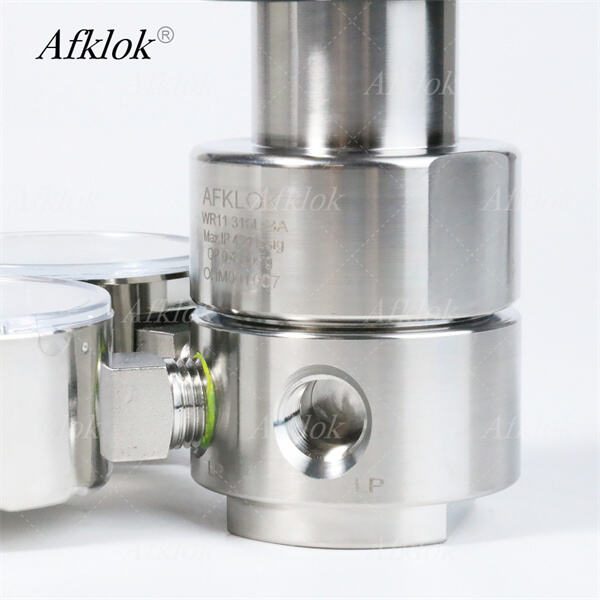Gas is a unique fuel that enables multiple things within our universe. It can fuel stoves, heaters and even large machinery. Gas can sometimes escape very swiftly and forcefully, potentially posing a hazard. That is where Wofly gas cylinder regulator come into play. They are like a cat having a fluffy tail that makes the gas come out slow and safe.
Gas regulators are specialized devices used to regulate the flow of gas from one location to another. You can think of them as a sort of magic gate that determines how much gas can flow through. Its like a huge balloon full of air when you have a regulator its like a small door from which only a little bit of air comes out. This prevents the gas from escaping too quickly and causing problems.

Gas can be highly pressurized when stored. That means it wants to take off fast. The regulator is like a quiet buddy that soothes the gas. Once it takes this fast, strong gas, it reduces the gas and makes gas mass flow controller move slowly and carefully. This matters because if too much gas shoots out at once, it can be hazardous.

There are several important considerations when choosing a gas regulator:
What type of gas are you putting in? (Like propane or natural gas)
How much gas do you need?
What is the application for the regulator?
Where, and at what temperature, will you use it?
With each of these questions you’re working, you’re moving you to the right regulator for your job.
How Gas Regulators Keep You Safe?
When working with gas, safety must always come first. Below are some ground rules to follow:
Make sure to wear special safety goggles to protect your eyes
Keep the gas and surrounding area clean and clear
Ensure that there are no flames or sparks in the vicinity
If you’re unsure about anything, ask a grown-up for help
Help protect your skin by wearing gloves
Be certain there is good air movement in the area

Like a bicycle needs checked and cleaned, gas regulators also require care:
Monitor the regulator frequently to ensure that it appears to be in good condition
Prevent dirt and dust from accumulating on it
Ensure all the components are functioning properly
Check for any signs of damage
Take it to a professional from time to time
Once in a while regulators have minor issues that need addressed:
This dirt can enter it and also cut off the flow of gas
Degradation process or parts may no longer function properly
A specialized piece called a diaphragm could crack
Loose connections might form
If you ever see any of these things, always ask a grown-up to help you fix it. Never attempt to fix a gas cylinder pressure regulator yourself.